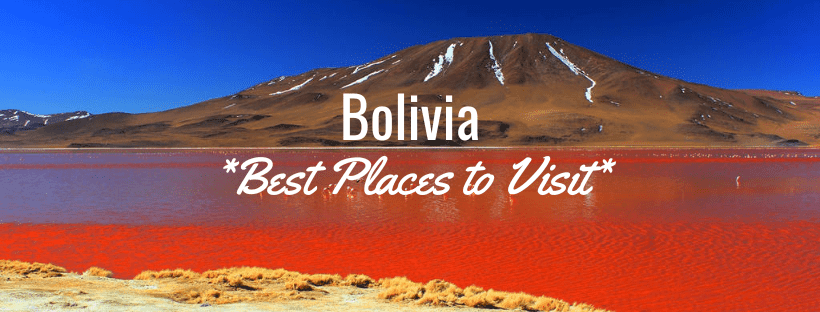
Embark on an exhilarating journey through Bolivia's diverse landscapes and rich cultural tapestry. From the surreal Salar de Uyuni to the colonial charm of Sucre, this guide unveils the 25 best places to visit in Bolivia. Whether exploring the ancient ruins of Tiwanaku, navigating the famed Yungas Road, or immersing in the pristine beauty of Madidi National Park, Bolivia promises a captivating adventure.
Discover Bolivia’s Most Incredible Destinations with Fully Personalized Tours
Bolivia’s diverse landscapes—from the surreal Uyuni Salt Flats to the vibrant streets of La Paz and the charming colonial city of Sucre—offer unforgettable experiences for every traveler. Tailor-made tours give you the freedom to explore these iconic spots at your own pace, with a focus on your unique interests and style. Whether you’re seeking breathtaking nature, rich culture, or hidden gems, customized travel plans ensure your Bolivian adventure is truly one-of-a-kind.
1. Salar de Uyuni
The Salar de Uyuni, the world's largest salt flat, spans over 10,000 square kilometers (3,900 square miles). It captivates with its expansive, dazzling white terrain in the dry season and undergoes a breathtaking transformation into a colossal mirror, reflecting the sky, during the rainy season (December to April). Recognized as one of the most extraordinary natural wonders in Bolivia and globally, the salt flat offers a unique and surreal experience for visitors.
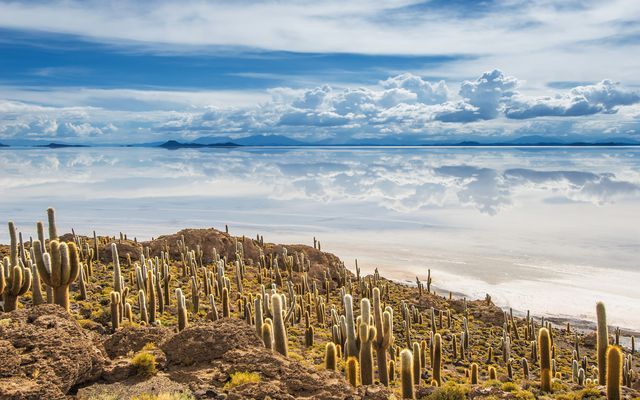
2. Lipez
The remote Lipez region is a geological wonderland, featuring painted mountains, desert plains, and bizarre rock formations. It's a treasure trove for geologists and adventure enthusiasts alike. The Laguna Verde, nestled at the base of the Licancabur Volcano, captivates with its intense green color, a result of high mineral content. In contrast, the Laguna Colorada, tinged with red by algae and minerals, provides a habitat for thousands of flamingos.
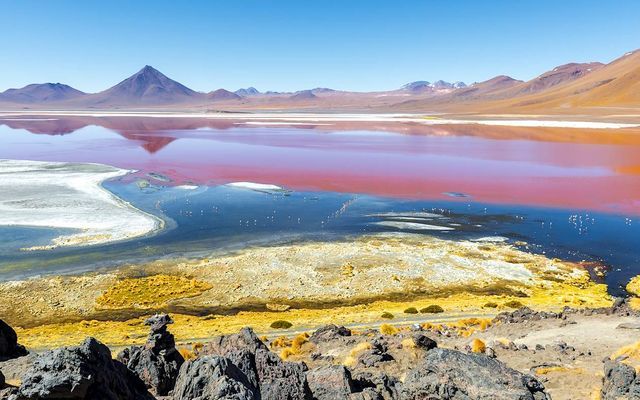
3. Sucre
Sucre, Bolivia's constitutional capital, is a UNESCO World Heritage site adorned with well-preserved colonial architecture. The Casa de la Libertad, where Bolivia's Declaration of Independence was signed, stands as a testament to the nation's history. The Tarabuco Market, a short drive away, immerses visitors in indigenous culture with vibrant textiles, traditional crafts, and a lively atmosphere.
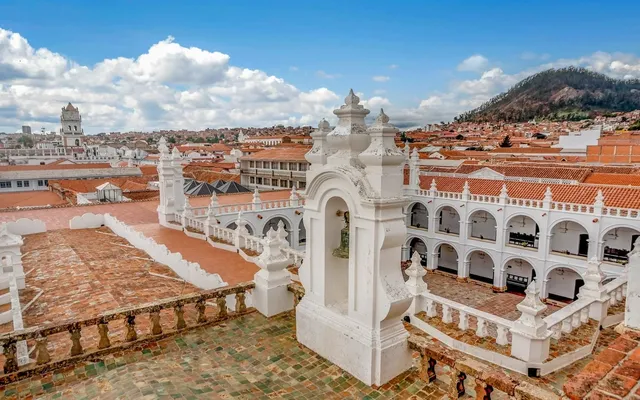
4. Coroico
Nestled in the Yungas region, Coroico is a haven of tranquility surrounded by lush greenery. The town offers breathtaking views of the Amazon basin, making it an ideal retreat. Adventure seekers can zip-line through the forest canopy, trek to waterfalls, and experience the warmth of the local culture. The World's Most Dangerous Road, connecting La Paz to Coroico, adds an element of thrill for those seeking an unforgettable journey.
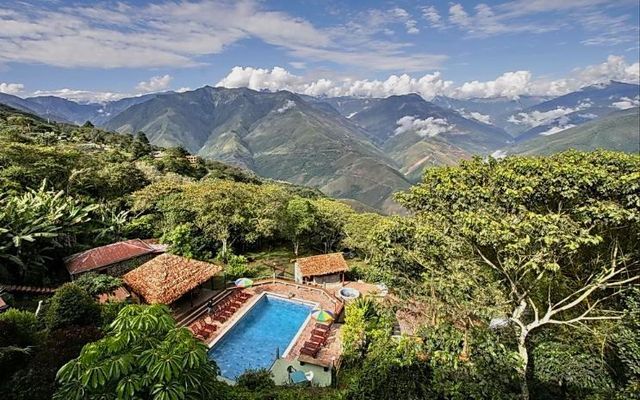
5. Noel Kempff Mercado National Park
Nestled in the Yungas region, Coroico is a haven of tranquility surrounded by lush greenery. The town offers breathtaking views of the Amazon basin, making it an ideal retreat. Adventure seekers can zip-line through the forest canopy, trek to waterfalls, and experience the warmth of the local culture. The World's Most Dangerous Road, connecting La Paz to Coroico, adds an element of thrill for those seeking an unforgettable journey.
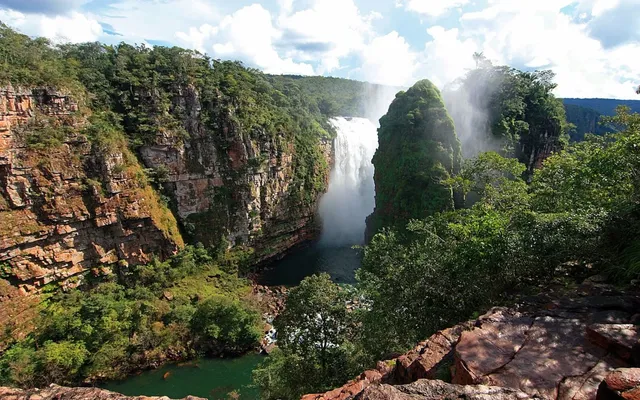
6. Madidi National Park
Madidi National Park, enveloping a staggering 18,958 square kilometers, ranks among the most biodiverse places on the planet. Home to jaguars, tapirs, and a myriad of bird species, it's a haven for wildlife enthusiasts. The Pampas del Yacuma, within Madidi, provides opportunities for river safaris, introducing visitors to pink river dolphins and capybaras.
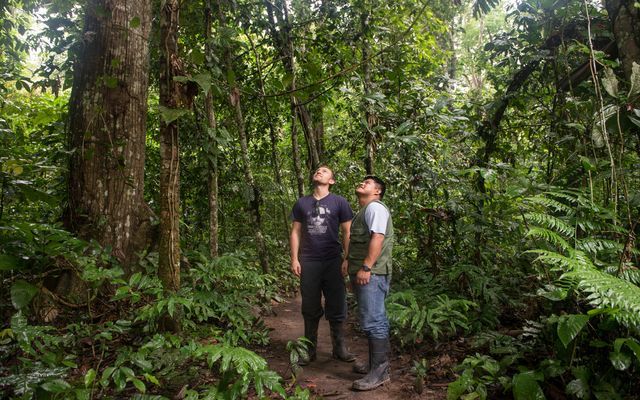
7. Amboró National Park
Amboró National Park, with its cloud forests and diverse flora, is a sanctuary for rare species like the spectacled bear and the Andean condor. The park's biodiversity unfolds along its intricate network of trails, leading to hidden waterfalls and panoramic viewpoints. Birdwatchers can marvel at the dazzling array of hummingbirds and toucans that inhabit the region.
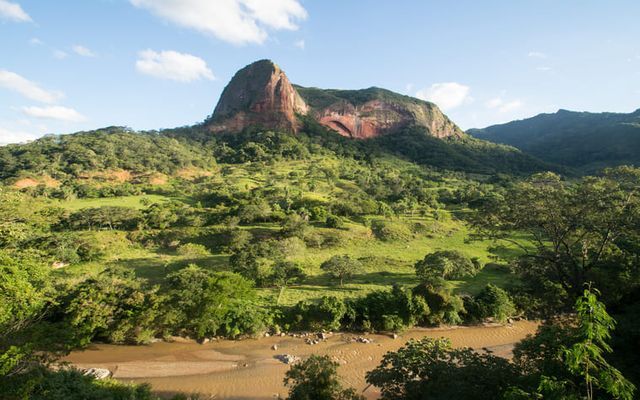
8. Torotoro National Park
Torotoro National Park unveils a geological wonderland with expansive cave systems, including Umajalanta, known for its impressive stalactites and stalagmites. The park is a haven for paleontology enthusiasts, featuring dinosaur footprints dating back millions of years. The deep canyons and the picturesque Vergel Canyon offer opportunities for hiking and exploration.
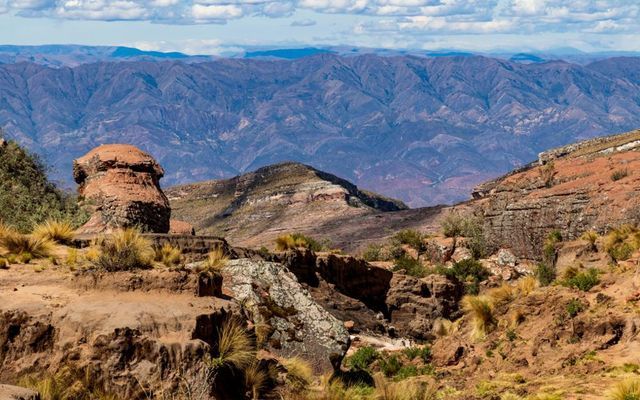
9. Jesuit Missions of Chiquitos
The Jesuit Missions of Chiquitos, including San Javier and San Ignacio de Velasco, showcase unparalleled Baroque architecture. These mission towns stand as living relics, illustrating the fusion of European and indigenous cultures. The intricately decorated churches and plazas provide insight into the Jesuit influence on Bolivia's colonial history.
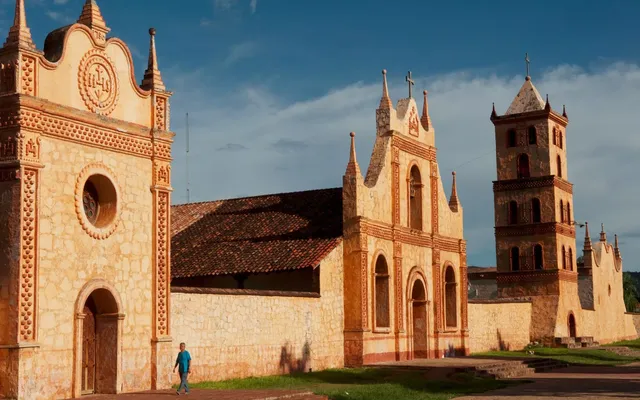
10. Lake Titicaca
Lake Titicaca, South America's largest lake, invites exploration of its culturally rich islands. Isla del Sol, with ancient Inca ruins, and Isla de la Luna, dedicated to the moon goddess, offer a glimpse into pre-Columbian civilizations. The town of Copacabana on the shores adds a touch of spirituality with its Basilica and Virgen de Copacabana.
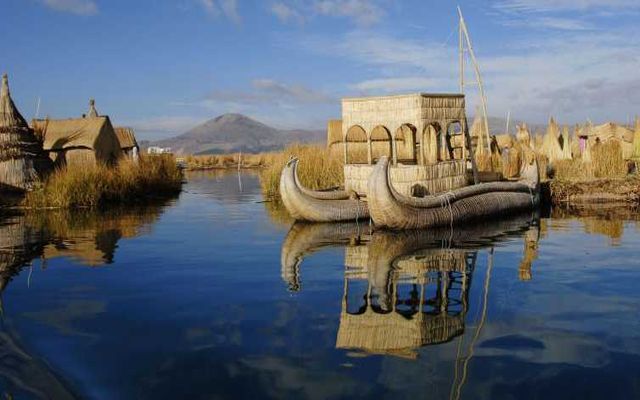
11. Tupiza
Tupiza, surrounded by red canyons and striking landscapes, served as a backdrop for scenes in Butch Cassidy and the Sundance Kid. The town is a gateway to the surreal Valle de la Macha and the Quebrada de Palmira, providing horseback riding and jeep tours through the breathtaking scenery.
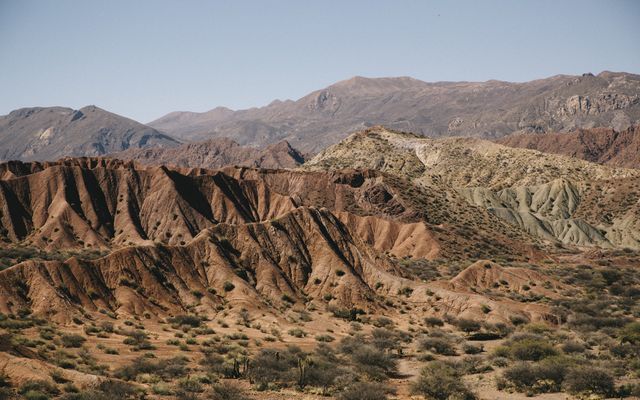
12. Potosí
Potosí, with its colonial architecture and historic significance, offers a journey into Bolivia's mining past. The Cerro Rico, the "Rich Hill," once abundant in silver, is explored through guided tours of the mines. The Casa Nacional de la Moneda showcases the colonial mint's role in the economic development of the region.
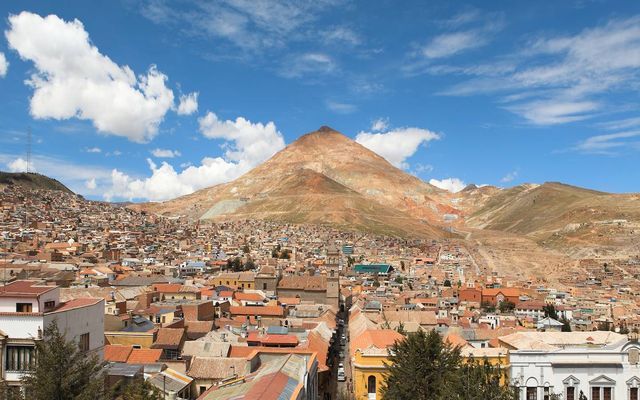
13. La Paz
Bolivia's administrative capital, La Paz, captivates with its high-altitude setting and vibrant culture. The Witches' Market, a hub of traditional Bolivian folklore, and Plaza Murillo, surrounded by governmental buildings, reveal the city's historical and cultural essence. The Mi Teleférico cable car system provides panoramic views of the sprawling city.
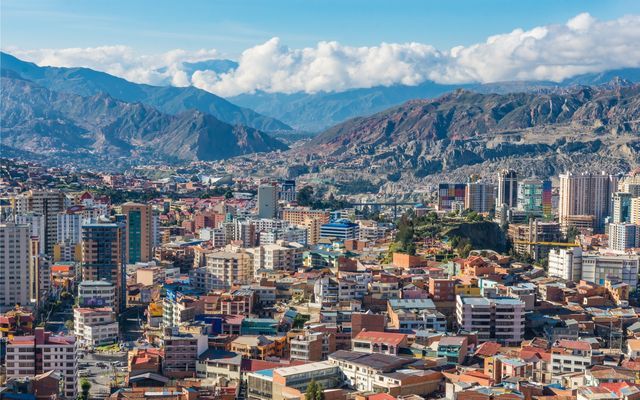
14. Yungas Road (Death Road)
The infamous Yungas Road, dubbed the "Death Road," offers a thrilling descent from La Paz to Coroico. The journey takes cyclists through dramatic changes in ecosystems, from high-altitude plateaus to lush rainforests. Adventure seekers can revel in the adrenaline rush while taking in breathtaking views.
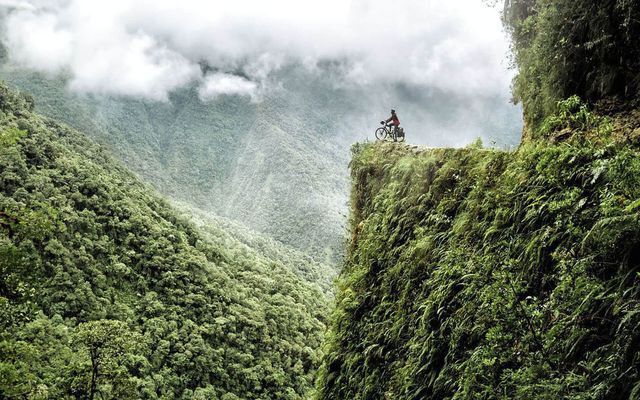
15. Cochabamba
Cochabamba, located in the heart of Bolivia, introduces visitors to the iconic Cristo de la Concordia statue, one of the largest Christ statues globally. The city's lively atmosphere centers around the Plaza 14 de Septiembre, providing a mix of urban energy and historical charm.
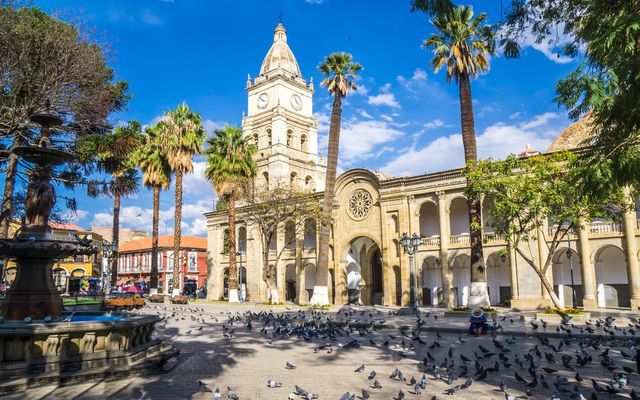
16. Santa Cruz de la Sierra
Bolivia's largest city, Santa Cruz de la Sierra, is a bustling metropolis with modern amenities. The central Plaza 24 de Septiembre, surrounded by historic buildings and cafes, reflects the city's dynamic character. The Güembé Biocenter offers a natural escape with botanical gardens and wildlife exhibits.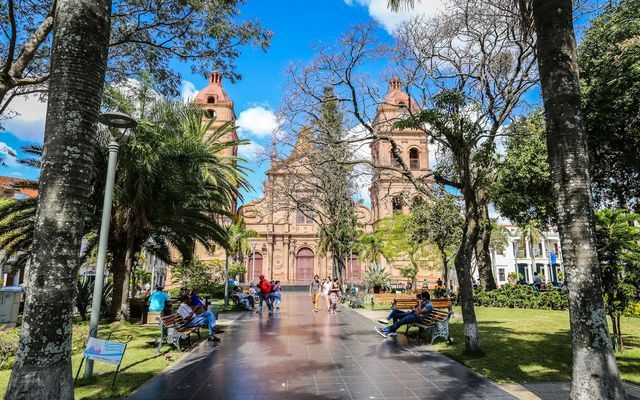
17. Valle de la Luna (Moon Valley)
Valle de la Luna, located just outside La Paz, is an otherworldly landscape resembling the surface of the moon. Erosion has sculpted the soft clay and sandstone into unique formations, including spires and canyons. Visitors can explore the lunar-like terrain on walking paths, marveling at the geological wonders and enjoying panoramic views of the city.
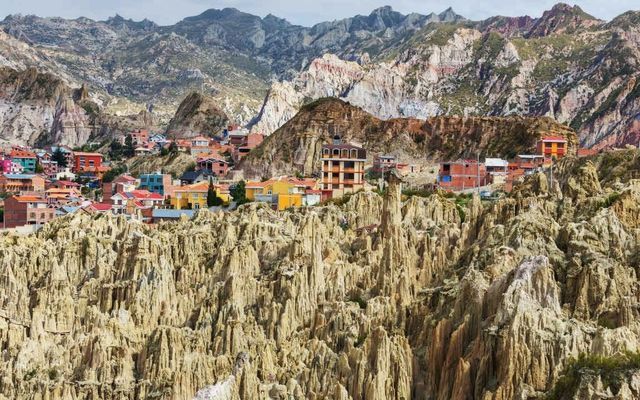
18. Tiwanaku
An archaeological site near Lake Titicaca, Tiwanaku is home to ancient ruins, including the Akapana pyramid and the Sun Gate. This pre-Columbian civilization played a crucial role in the development of Andean cultures. Visitors can explore the remnants of temples and structures that highlight Tiwanaku's historical significance.
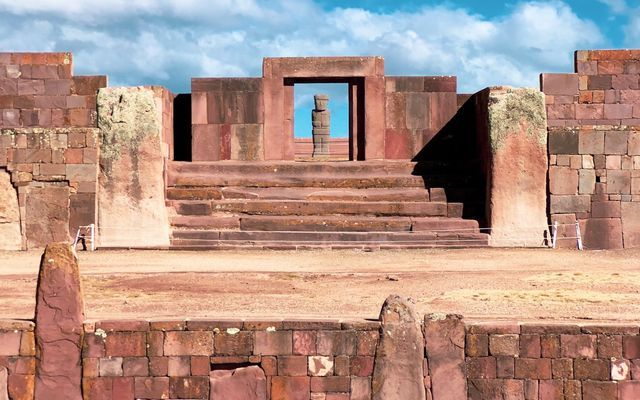
19. Rurrenabaque
Serving as the gateway to the Amazon Rainforest, Rurrenabaque offers access to jungle tours, wildlife observation, and river excursions. Travelers can experience the biodiversity of the Amazon Basin and explore the vibrant ecosystems of the Bolivian rainforest. It is located in the Beni Department, Rurrenabaque is nestled along the Beni River, a tributary of the Amazon River.
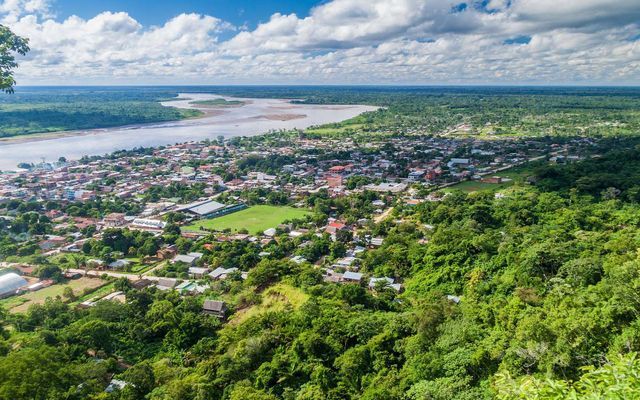
20. Oruro
Oruro is famous for its lively Carnival celebrations, featuring colorful parades, traditional dances, and vibrant costumes. The festivities, deeply rooted in Andean culture, attract visitors from around the world. Oruro also has a rich mining history, reflected in its colonial-era architecture.
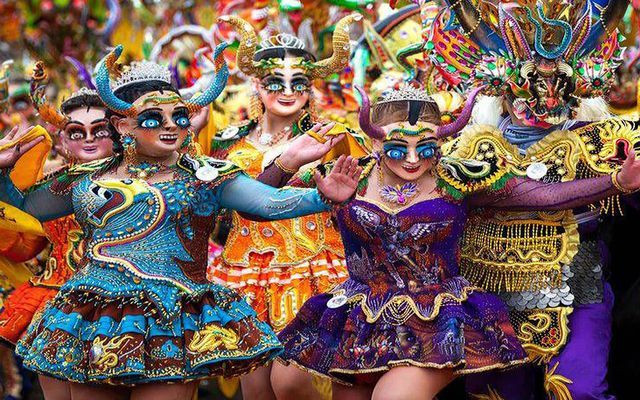
21. Huayna Potosi
Huayna Potosí is a majestic mountain located in the Cordillera Real range of the Andes, near La Paz. Standing at an elevation of 6,088 meters (19,974 feet), it is a popular peak for mountaineers and trekkers seeking a challenging yet rewarding adventure. The mountain is part of the Cordillera Real, known for its stunning landscapes.
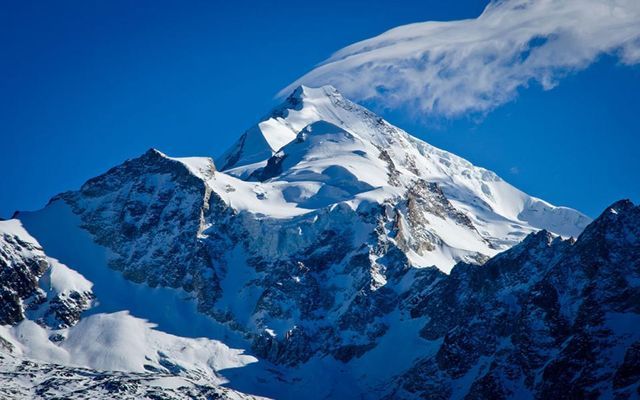
22. Pantanal
The Bolivian Pantanal, situated in the departments of Beni and Pando, encompasses a rich mosaic of ecosystems, featuring sprawling wetlands, lush forests, and winding rivers. This biodiverse haven allows visitors to witness the symbiotic dance of life, where jaguars roam the banks, pink river dolphins navigate the waterways, and vibrant bird species create a mesmerizing symphony in the heart of South America's largest tropical wetland.
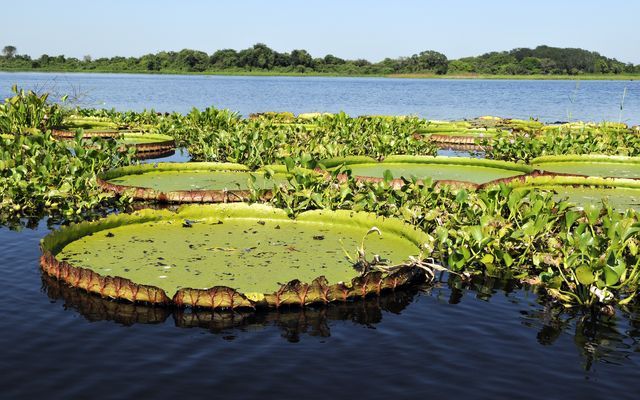
23. Tarija
Tarija is often referred to as the "Wine Capital of Bolivia" due to its thriving wine industry. The surrounding valleys, particularly Valle de la Concepción, boast numerous vineyards producing high-quality wines. The city is adorned with well-preserved colonial architecture, featuring picturesque plazas, historic churches, and cobblestone streets.
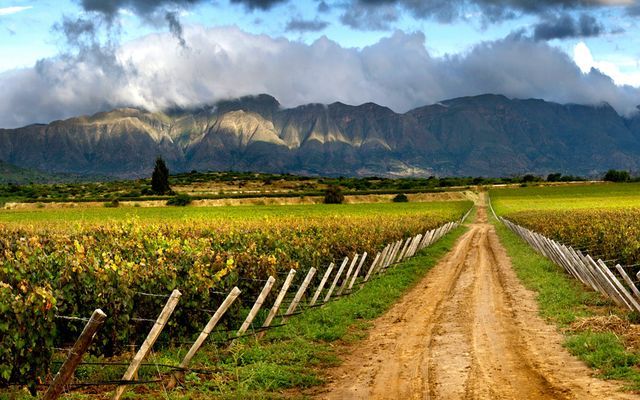
24. Sajama
Sajama is a majestic volcanic peak and the highest mountain in Bolivia, standing at an elevation of 6,542 meters (21,463 feet) above sea level. It is is situated in the Sajama National Park in the western part of Bolivia, near the border with Chile. The park is known for its high-altitude landscapes, including glaciers, hot springs, and diverse flora and fauna.
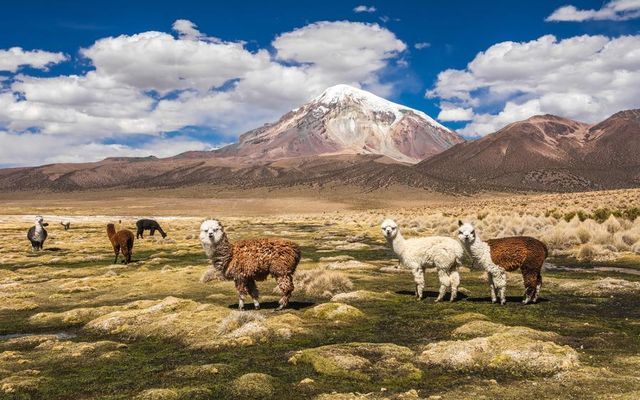
25. Condoriri
Condoriri, also known as the Cóndor's Nest, refers to a spectacular mountain range in the Andes of Bolivia, renowned for its stunning glacial landscapes and challenging peaks. The Condoriri Range is located in the Cordillera Real, near the village of Tuni, approximately three hours from La Paz, Bolivia. The range is characterized by several towering peaks, each offering a challenging ascent for mountaineers. Notable peaks include Pequeño Alpamayo, Cabeza de Cóndor, and Ilusión.
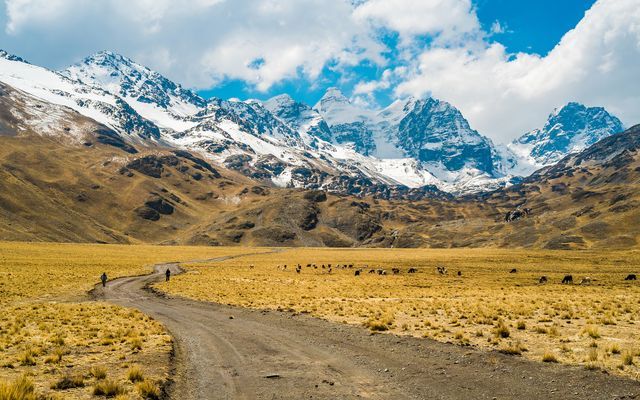
In conclusion, Bolivia's rich tapestry of cultural, historical, and natural wonders offers an unparalleled adventure for avid travelers. From the mesmerizing landscapes of the Uyuni Salt Flats to the vibrant markets of La Paz, each destination promises a unique and unforgettable experience. To craft your perfect Bolivian journey and navigate the diverse offerings with ease, we encourage you to connect with our seasoned travel experts. Let us transform your Bolivian dreams into a personalized reality, ensuring every moment is as extraordinary as this captivating South American gem. Contact us today and embark on a tailor-made expedition through the best places that Bolivia has to offer.